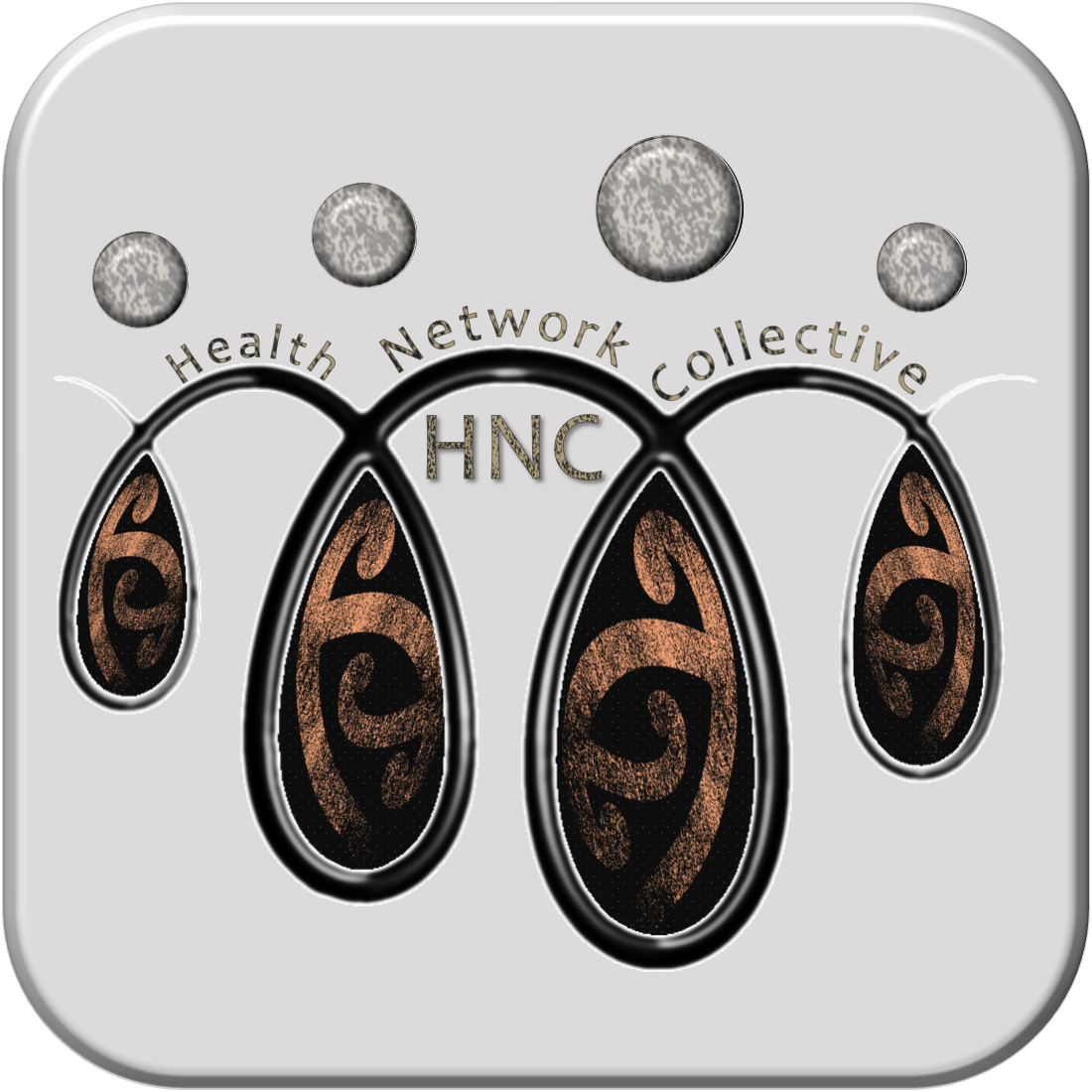Back to: Hepatitis C, an introduction
Quote: Addiction is defined as a chronic, relapsing disorder characterized by compulsive drug seeking and use despite adverse consequences. It is considered a brain disorder, because it involves functional changes to brain circuits involved in reward, stress, and self-control. Those changes may last a long time after a person has stopped taking drugs.
Addiction is a lot like other diseases, such as heart disease. Both disrupt the normal, healthy functioning of an organ in the body, both have serious harmful effects, and both are, in many cases, preventable and treatable. If left untreated, they can last a lifetime and may lead to death. NIDA. 2020, July 13. Drug Misuse and Addiction. Retrieved from https://nida.nih.gov/publications/drugs-brains-behavior-science-addiction/drug-misuse-addiction on 2023, November 17
People Who Inject Drugs (PWID) often do so to feel good, to feel better, to do better, or from curiosity and social or peer pressure. Trouble is the next hits never going to be as good as the last and the effort vs reward cycle gets deeper and harder every step. Many people struggle to understand addiction, and some would say that those who haven’t been down the addiction pathway are pretending if they say they can understand the cycles of addiction.
We can look to biology, genetics, environment, in fact a raft of factors in determining risk for addiction, however it is not that simple. No single factor can determine one’s predisposition to addiction. If it was addiction would be much less of a problem.
Stigma, stigmatism: or labelling is an issue when it comes to finding people who are affected by HCV within our PWID population. This stigmatism extends beyond this population and into general population as soon as the term “injecting” is used. Sigmatism is a multi-faceted beast, it is applied by mainstream society against those who are in our PWID populations, and often felt as being applied to and against those who are the PWID population. This also has an effect on those individuals who, ‘that one time at band camp back in the day‘ experimented one-time decades ago. These individuals are concerned of being labelled if family friends or colleagues learn of their historic use, and unfortunately HCV has a stigma attached that has an association with drug use.
We need to destigmatize HCV, PWID and addiction. Health Network Collective stance is very clear when it comes to destigmatizing the myths, fear and misinformation around addictions and our PWID populations. If we review earlier sections of this course, we discussed United Nations Anti-discrimination statements, the Universal Declarations, and reviewed Health Network guidelines and obligations. In the lesson “Working with others” we discussed coordinated collaborative approaches to working together with our community. This approach gives us the community based ‘friendly faces from familiar places‘ and the expert knowledge and relationships that can help us extend our offer of access to health into these communities. Even the ability, through forming relationships, to link those in need to care for injection injuries and other health issues is invaluable. And of course, some of you taking this course may already be these faces, thank you and we hope someone extends the courtesy of asking “how can we help“.
Globally, statistically (UNAIDS,2020) 23-39% of new HCV infections are from injecting drug use, PWID’s. One in three HCV deaths can be attributed to injecting drug use, and within our PWID populations HIV HCV co-infection rates are incredibly high.
This shows that over 60% of HCV infections are not from within PWID populations, and 2 of 3 HCV deaths not attributed to injecting drugs.
So, based on that, where ever Health Network Collective can, lets offer to support and enhance the services in place in our PWID communities, and place our efforts (unless the PWID support community is not present) in furthering our reach into the community and people who are making up the over 60% of HCV infections. AND make an effort towards destigmatizing the world of PWID and HCV stigma.
Note; sadly, the images of the “zombie drug epidemics” in this age of Fentanyl and synthetic derivatives, the methamphetamine scourge now replacing the prescription fuelled days of pharma grade “legal” addictions and other horror stories grace our media and headlines. This is very real; we do need to ask ourselves is this representative of today’s age… and sadly the answer in the changing face of the world might just be yes…
Please download and read the Learning resource “Hooked on the needle”: Exploring the paradoxical attractions towards injecting drug use. Great Norwegian study and interesting read
